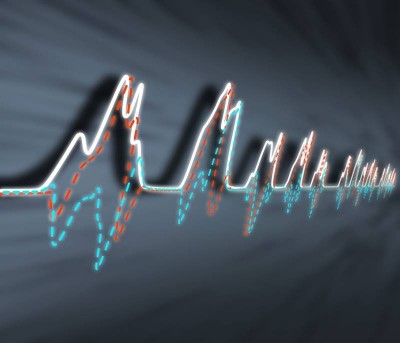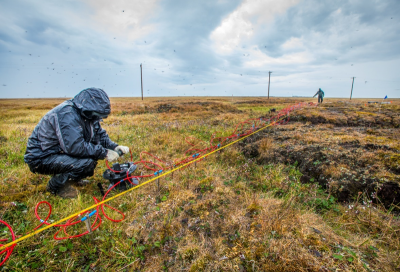DOE’s Office of Science to Support 133 Outstanding University and Community College Students
Department of Energy, Office of ScienceThe Department of Energy’s (DOE’s) Office of Science will sponsor the participation of 133 undergraduate students from across the nation in two STEM-focused workforce development programs at 13 DOE national laboratories and facilities during fall 2022. Collectively, these programs help ensure that DOE and our nation have a strong, sustained workforce trained in the skills needed to address the energy, environmental, and national security challenges of today and tomorrow.





























